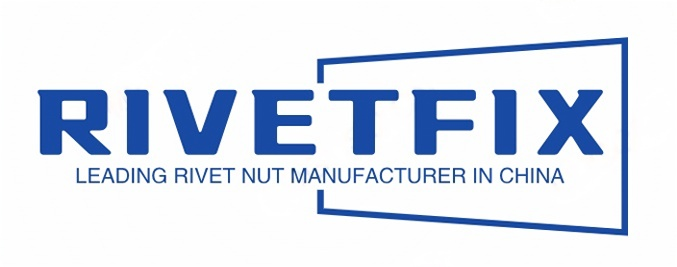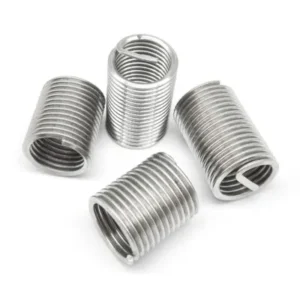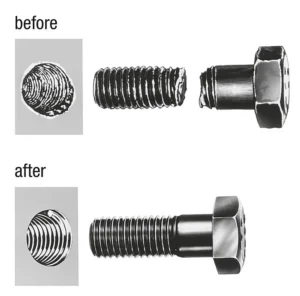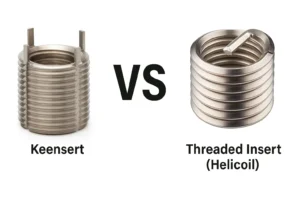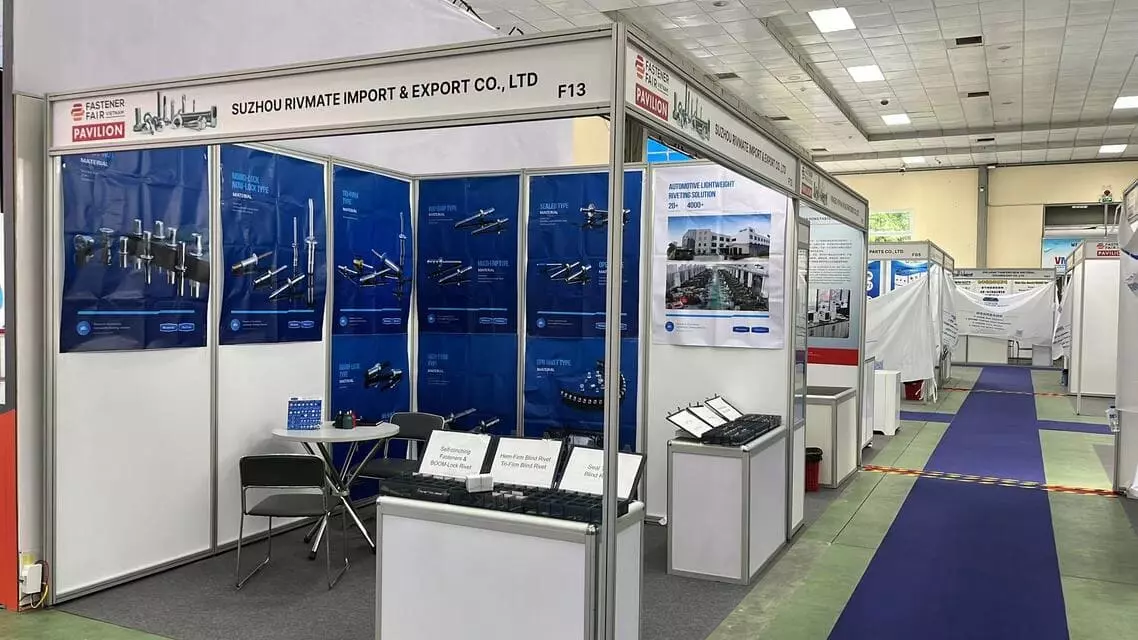Are Rivet Nuts Permanent?
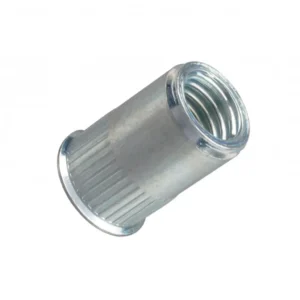
Leading Rivet Nut Manufacturer and Supplier in China
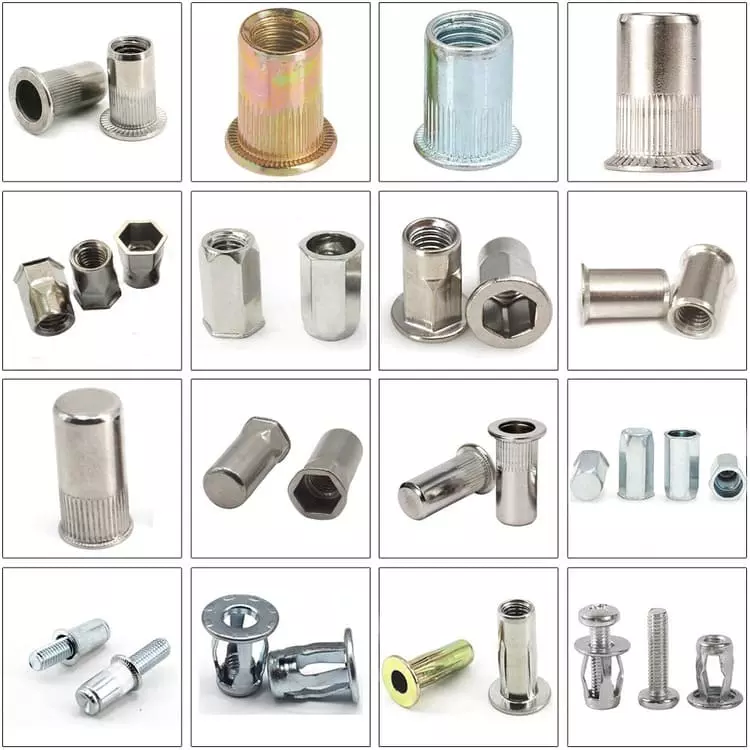
Are Rivet Nuts Permanent? This is a common question among engineers, designers, and DIY enthusiasts when selecting the right fastening method for their projects. Rivet nuts offer strong, vibration-resistant threaded connections, especially in thin or inaccessible materials. However, unlike screws or bolts, rivet nuts undergo a one-time plastic deformation during installation—raising important considerations about their removability and long-term use. In this article, we’ll explore whether rivet nuts should be classified as permanent fasteners, and in what cases alternative solutions might be more suitable.
Table of Contents
Rivet nuts, also known as blind rivet nuts or rivet inserts, are threaded fasteners specifically designed for thin-walled materials such as sheet metal, plastic, or composite panels. Their primary function is to provide a strong and reliable internal thread in structures where the backside is not accessible, allowing screws to be inserted and removed as needed.
1. Structure and Working Principle
A rivet nut consists of a metal tubular body with an internal thread and a deformable tail section. During installation, a special rivet nut tool pulls the threaded stem, causing the tail to expand radially and clamp securely onto the base material, forming a strong mechanical lock.
2. Common Types
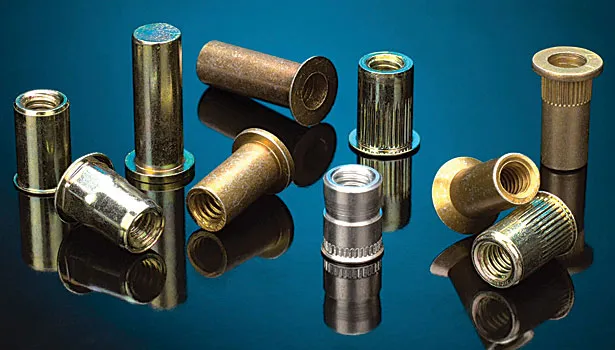
Rivet nuts come in a variety of forms to suit different installation conditions and structural requirements:
Slotted Body: Features slots at the tail for easier expansion under lower installation force; ideal for plastics and soft materials.
Knurled Body: The exterior is knurled to enhance friction and improve anti-rotation performance.
Hex Body: Designed for hexagonal holes, offering excellent resistance to rotation; suitable for high-torque applications.
Closed-End: The end is sealed to prevent dust or liquid from entering the thread; ideal for water- and dust-proof applications.
Small Flange / Large Flange / Countersunk Flange: Various flange styles are available to suit different surface flatness and installation requirements.
3. Main Applications and Suitable Materials
Rivet nuts are widely used in applications that require internal threads but cannot support welding or tapping, especially for the following materials and structures:
Thin sheet metal (such as steel, stainless steel, aluminum): When the thickness is insufficient for tapping;
Hollow tubing: Where it is impossible to tap threads on the interior wall;
Are Rivet Nuts Permanent?
Rivet nuts are widely considered a type of permanent fastening solution, and their “irreversibility” primarily stems from their installation principle—plastic deformation locking mechanism. Below, we explain this principle in detail and clarify how rivet nuts fundamentally differ from reusable fasteners like screws and nuts.
1. Principle of Plastic Deformation
The reason rivet nuts are “permanent” lies in the fact that irreversible plastic deformation of metal occurs during installation. This process not only ensures fastening stability but also means the rivet nut cannot be removed or reused once installed.
a. Installation Process Explained:
Initial State:
The rivet nut is inserted into a pre-drilled hole. The unformed tail end extends beyond the back of the material, while the flange rests on the front surface.Applying Axial Force:
A rivet nut tool (manual, pneumatic, or electric) pulls the threaded mandrel upwards while the flange is pushed down against the surface.Tail Expansion (Plastic Deformation):
The tail undergoes radial expansion and forms a folded or bulged shape, tightly gripping the backside of the base material.This deformation exceeds the yield point of the metal and becomes permanent.
The metal experiences stress concentration, yielding, and plastic flow to form a secure backing.
Mechanical Locking:
The final form consists of the flange in front and the deformed tail behind, creating a clamping structure that locks the rivet nut firmly in place.
b. Why Is It Called “Plastic” Deformation?
In the deformation process of metal materials under force, there are two fundamental behaviors: elastic deformation and plastic deformation. The term plastic deformation is used because the material undergoes an irreversible change in shape—even after the external force is removed, it cannot return to its original form.
Elastic Deformation vs. Plastic Deformation: Principle Comparison
| Deformation Type | Elastic Deformation | Plastic Deformation |
| Reversibility | ✔ Yes (returns to original shape after force is removed) | ✘ No (permanent deformation) |
| Stress Range | Occurs below the yield strength | Occurs beyond the yield strength |
| Atomic Behavior | Minor shifts in atomic positions | Irreversible atomic slip and lattice change |
| Example | A spring returns to shape after being stretched | Rivet nut tail expands and cannot return |
| Application | Used in cushioning, elastic supports | Used for permanent forming and structural locking (e.g., riveting, forging) |
When a rivet nut is installed using a riveting tool, the tail section undergoes stress well beyond its yield strength, causing plastic deformation that forms a flare:
- The deformed metal presses tightly against the backside of the base material, providing secure clamping;
- Since the tail has permanently deformed, it cannot be removed or restored;
- It is precisely this principle of irreversible deformation that makes rivet nuts a quasi-permanent fastener.
c. Functional Advantages of the Deformed Structure:
High Clamping Force: The expanded tail tightly grips the base material, preventing loosening or spinning.
Single-Side Installation: Ideal for hollow structures or applications where the rear side is inaccessible.
Material Compatibility: Works well with sheet metal, composites, and even some high-strength plastics.
d. But This Also Makes It Non-Removable:
Once installed, replacement requires drilling, cutting, or other destructive methods.
The rivet nut body will be damaged and cannot be reused.
2. Irreversible and Non-Removable
Rivet nuts achieve fastening through permanent plastic deformation of the tail section. Once deformed, it cannot be reversed, making rivet nuts fundamentally different from reusable fasteners such as bolts or nuts. They are one-time-use permanent connectors.
a. Why Can’t It Be Reversed?
During installation, the rivet nut’s tail undergoes radial expansion and curling, exceeding the metal’s yield limit, entering the plastic deformation stage.
In the plastic stage, the internal crystalline structure of the metal irreversibly changes. Even if the force is removed, the tail remains deformed.
After installation, the rivet nut is locked in place, held by both the front flange and the expanded tail.
b. Why Can’t It Be Removed?
Unlike threaded fasteners like screws or nuts, rivet nuts do not rely on threads for anchoring, but rather on mechanical deformation.
Trying to pull out the rivet nut causes extreme resistance due to the expanded tail locking against the inner wall.
There is no reversible mechanism—once deformed, the tail cannot compress back into its original form for removal or reuse.
c. How Can You Remove a Rivet Nut?
If removal is necessary, the only options are destructive methods, such as:
Drilling: Use a drill to bore through the center until the body is destroyed.
Cutting/Sawing: Use a grinder or rotary tool to cut it apart.
Punching Out: Use a hammer and punch to force it out from the backside (if accessible).
Thermal Destruction: Apply heat to melt or weaken the metal.
All methods destroy the rivet nut, making it unusable again.
Each rivet nut, once installed, becomes a single-use fastening point.
To replace one, you must remove the old part, clean or re-drill the hole, and install a new one.
This adds cost and complexity to maintenance or design changes, making it critical to plan appropriately during the initial design phase.
3. Comparison with Reusable Fasteners
| Feature | Rivet Nut | Screw / Nut |
| Installation Method | Locked via tail deformation | Threaded engagement |
| Reusability | One-time use, not reversible | Reusable, detachable |
| Removal | Requires destruction | Can be unscrewed |
| Typical Applications | Thin-walled, blind structures | Assemblies with access to both sides |
Summary: Are Rivet Nuts Permanent?
In summary, a rivet nut is a permanent fastener that relies on irreversible plastic deformation for installation. Although the internal thread can accommodate removable screws, the rivet nut itself cannot be reused or relocated once installed. This fundamental characteristic distinguishes it from traditional, reusable fasteners.
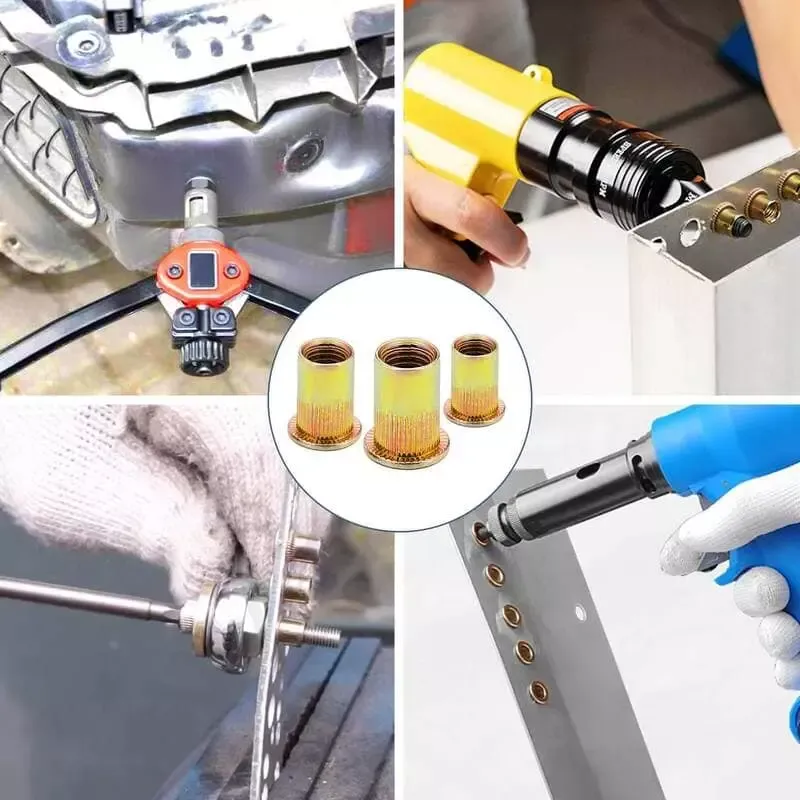
Rivet Nuts are widely used in various industrial and manufacturing scenarios due to their one-sided installation, secure fastening, and non-destructive assembly. They are especially ideal for thin-walled materials, hollow structures, and applications where the backside is inaccessible.
- Electrical Enclosures & Telecom Equipment
Secures components like DIN rails, access panels, and heat sinks.
Perfect for thin sheet metal enclosures where backside access is limited.
Furniture & Consumer Products
Used in metal furniture, bicycles, storage lockers, and outdoor equipment.
Offers strong threads in aluminum tubes or plastic parts without damaging aesthetics.
Industrial Machinery & Assembly Systems
Fastens control panels, mounting frames, and structural components.
Works well with square tubing, aluminum profiles, and composite materials.
Blind Hole Installations
Essential in applications where the reverse side of the material is inaccessible.
Enables one-sided installation in closed or restricted spaces.
Thin-Walled or Hollow Structures
Suitable for materials like sheet metal, plastic, and tubing (≥ 0.5 mm thick).
Provides secure threading where tapping or welding is impractical.
When Should Non-Permanent Fastening Methods Be Considered?
While rivet nuts provide strong and reliable fastening, their non-removable nature makes them unsuitable for applications that require frequent maintenance, upgrades, or component replacement. In the following scenarios, it is advisable to consider non-permanent fastening solutions that allow repeated assembly and disassembly.
1. Structures Requiring Frequent Disassembly or Maintenance
In some product designs, certain sections need to be opened regularly to access or replace internal components—for example, fuses, circuit boards, socket modules in electrical enclosures, or service panels and access doors. These structures often require repeated removal and reattachment by end-users or maintenance personnel. Since rivet nuts are single-use fasteners that must be drilled out or destroyed for removal, they are not ideal for such applications. The removal process increases maintenance cost and may damage the base material. For these cases, it’s better to use removable fasteners such as screws with nuts, quick-release clips, or cage nuts that allow non-destructive access.
2. Structures Designed for Upgrades or Component Replacement
In many designs, the product is expected to be upgraded or modified over time—for example, sliding rail systems, replaceable battery compartments, or modular electrical connectors. These designs often follow a modular approach, requiring a fastening solution that supports repeated disassembly without compromising structural integrity. Using rivet nuts in such cases would require destructive removal and reinstallation each time, which is inefficient and could affect assembly precision. Therefore, mechanical fastening methods such as locking screws, quick-connect fittings, or removable inserts are recommended for such scenarios.
3. Available Non-Permanent Fastening Alternatives
To accommodate different materials, installation constraints, and maintenance frequencies, several non-permanent fasteners are available as alternatives to rivet nuts.
One such option is threaded inserts, commonly used in plastic or aluminum substrates. They can be installed using press-fit, heat staking, or ultrasonic welding methods and provide durable metal threads that support repeated screw engagement and removal. These are ideal for designs that require multiple assembly cycles without damaging the base material.
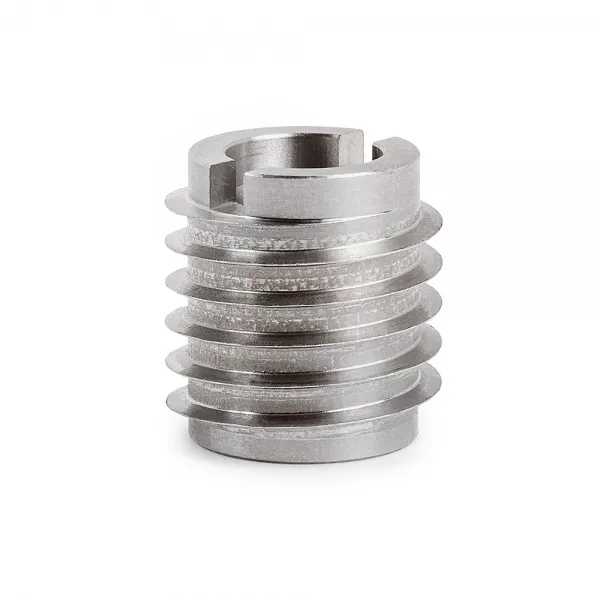
Another option is the spring nut or cage nut, widely used in sheet metal structures. These fasteners can be inserted into pre-punched holes and used with screws for secure attachment. Their advantages include one-sided installation, no special tools required, and easy removal. Cage nuts are commonly used in electrical cabinets, server racks, and structural frames where quick assembly and part replacement are essential. Compared to rivet nuts, they offer greater flexibility and ease of maintenance.
Conclusion
In summary, if your product design involves frequent servicing, structural modifications, or component replacement, rivet nuts may not be the optimal choice. Instead, consider using threaded inserts, cage nuts, or other non-permanent fastening solutions to enhance maintenance efficiency and reduce the risk of structural damage. During the design phase, it’s crucial to evaluate the application scenario, space constraints, material type, and maintenance requirements to select the most suitable fastening method for long-term performance and reliability.
Conclusion: Rivet Nut as a “Semi-Permanent” Fastener
Rivet nuts form a strong mechanical lock with the base material through irreversible plastic expansion deformation of their tail section during installation. Compared to removable fasteners such as screws or bolts, rivet nuts offer superior resistance to vibration and loosening, making them ideal for applications where structural stability is critical.
However, since they cannot be removed without damage, replacing or removing a rivet nut typically requires destructive methods such as drilling or cutting. This makes them unsuitable for assemblies that demand frequent disassembly or high maintainability.
In conclusion, rivet nuts should be regarded as a “semi-permanent” fastener—meaning: installed once, used long-term, structurally reliable, but non-reversible. In product or structural design, it’s important to evaluate the application scenario and carefully weigh the advantages and limitations to choose the most suitable fastening method.
Do You Have Any Questions?
Let Us Solve Your Problem
Why Choose Rivetfix
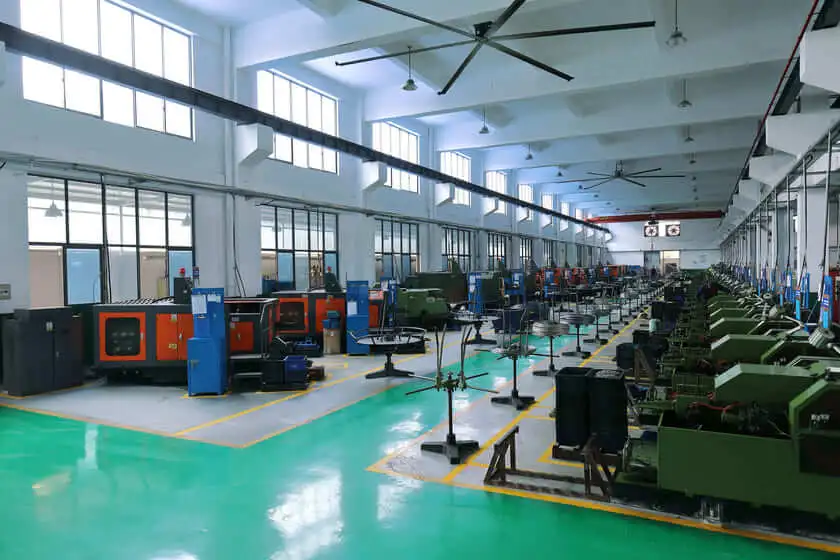
As a leading fastener manufacturer in China with more than 15 years in the industry, Rivetfix are committed to providing first-class quality fasteners and responsive services to the world. We offers a wide range of rivet nuts and clinch nuts designed to meet the unique demands of your projects. Rivetfix ensures you have the right solution for every application. Choose Rivetfix for versatile, cost-effective, and durable fastening solutions tailored to your specific needs. In addition, we can also provide customized rivet nuts service and clinch nuts according to your requirements.
Contact us now for more information and customization options on Rivet Nuts!
Get High Quality Rivet Nuts Quote!
Send Your Rivet Nut Request
For more than 20 years, Rivetfix has helped customers solve many rivet nuts sourcing needs and technical challenges.
Have a question? Contact us and we’ll provide you with the perfect solution.
